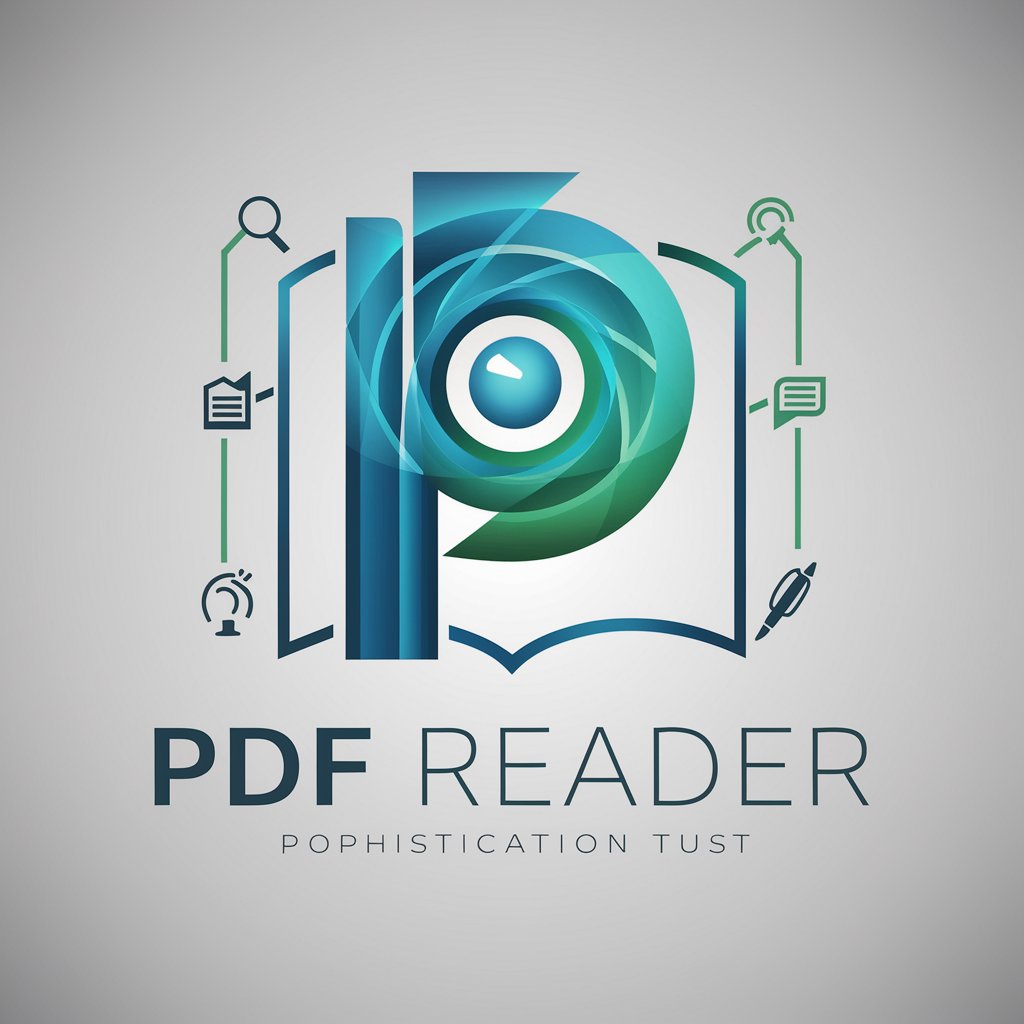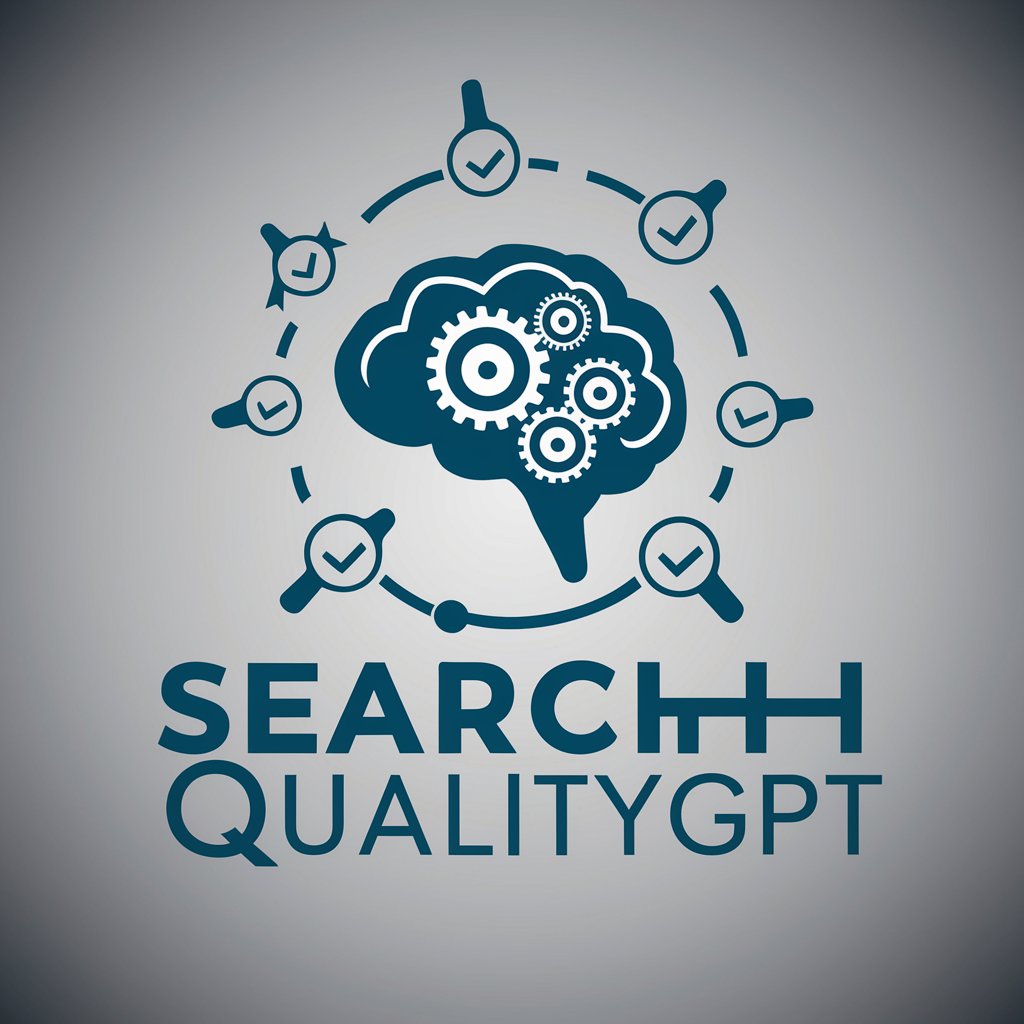
Content Analysis Pro-AI-powered content analysis tool
AI-driven qualitative analysis, guided by you.

Automated text analysis tool for qualitative data.
Analyze the frequency of words in this text.
Create a word cloud from this uploaded file.
Identify patterns in the use of phrases here.
Summarize the contextual usage of these keywords.
Get Embed Code
Content Analysis Pro OverviewIntroduction to Content Analysis Pro
Content Analysis Pro is a customized AI-powered analytical assistant designed specifically for conducting qualitative and quantitative content analysis in academic and applied research. It facilitates a systematic, step-by-step approach to analyzing textual data—such as interview transcripts, open-ended survey responses, documents, media content, or social media posts—by guiding users through research question clarification, coding schema development, pilot coding, full dataset application, pattern analysis, and reporting. This tool is structured to be interactive and user-directed, ensuring that researchers maintain control over methodological choices while benefiting from computational support. For instance, a graduate student analyzing political discourse in news articles can use Content Analysis Pro to define categories like 'nationalism', 'economic anxiety', or 'xenophobia', apply these codes systematically to a corpus of articles, and derive frequencies, co-occurrence, and thematic patterns. Alternatively, a public health researcher conducting a thematic analysis of open-ended patient feedback can develop a groundedContent Analysis Pro Overview coding scheme using the tool, validate coding consistency, and interpret emerging themes in relation to patient satisfaction or systemic issues. The key value of Content Analysis Pro lies in its fusion of rigorous academic methodology with dynamic AI-driven text processing.
Core Functions and Real-World Applications of Content Analysis Pro
Development of Coding Scheme
Example
An educational researcher analyzing student reflections on remote learning needs to identify categories such as 'technological barriers', 'self-regulation', and 'emotional response'.
Scenario
Content Analysis Pro guides the user in either creating a coding scheme from scratch or refining an existing one by examining a sample of text data, highlighting potential categories, and assisting in operational definitions. This helps ensure that the categories are conceptually clear and analytically useful.
Pilot Coding and Refinement
Example
A sociology research team conducting interviews about urban gentrification runs a pilot coding round on 10% of transcripts to check inter-coder reliability and identify ambiguous codes.
Scenario
Using Content Analysis Pro, the team codes a subset of data collaboratively, assesses code frequency and overlap, and receives suggestions for collapsing or splitting codes based on data density and contextual usage. This improves the clarity and consistency of the final coding scheme.
Pattern and Theme Analysis
Example
A communication scholar is studying patterns in political speeches over time and wants to detect recurring frames like 'security', 'economic prosperity', and 'national unity'.
Scenario
After full dataset coding, Content Analysis Pro aggregates occurrences, analyzes co-occurrence patterns, performs keyword-in-context analysis (KWIC), and helps visualize theme frequency over time or by source. The researcher can then link these patterns back to rhetorical strategies and ideological shifts.
Target User Groups for Content Analysis Pro
Academic Researchers and Graduate Students
This group includes individuals engaged in thesis work, dissertations, and peer-reviewed research in disciplines such as sociology, political science, education, public health, media studies, and anthropology. Content Analysis Pro benefits them by offering a structured, yet flexible framework for conducting rigorous content analysis, ensuring transparency, replicability, and support for publication standards. Users in this group often require assistance in refining research questions, operationalizing abstract concepts, and handling large qualitative datasets systematically.
Non-Academic Professionals Conducting Applied Research
This group includes market researchers, policy analysts, UX researchers, and NGO staff who analyze qualitative data such as open-ended survey responses, stakeholder interviews, or social media content. Content Analysis Pro supports these users by streamlining data coding, offering rapid thematic extraction, and generating concise insights that can inform decision-making, product development, or policy advocacy. Unlike academic users, their focus is often on actionable outcomes and time efficiency.
How to Use ContentContent Analysis Pro Guide Analysis Pro
1. Access Without Login
Visit aichatonline.org for a free trial—no login or ChatGPT Plus subscription is required. Simply access the tool directly through your browser.
2. Define Your Research Framework
Start by outlining the aim of your research and clearly formulating your research questions. This foundational step guides all subsequent analysis and ensures targeted coding.
3. Upload or Input Text Data
Provide the text corpus for analysis, including context about its source, type (e.g., interview transcripts, articles, social media posts), and scope. This allows the tool to tailor the coding approach.
4. Develop and Refine a Coding Scheme
Choose between using your own predefined categories or let the tool assist in generating themes from your text. Then perform a pilot test on a small sample to refine categories for clarity and relevance.
5. Full-Scale Analysis and Reporting
Apply theContent Analysis Pro Guide finalized coding scheme to the entire dataset. The tool identifies patterns, themes, and trends, performs reliability checks, and offers guidance for reporting findings, including identifying limitations and biases.
Try other advanced and practical GPTs
Infografik Designer
AI-powered visuals for clear data storytelling

G-ads Runner
AI-powered tool for perfect Google Ads

Video Hook Assistant
AI-powered hooks that stop the scroll

Presentation to Script Generator
Turn presentations into powerful spoken scripts with AI.

SCI翻译
AI-powered translator for SCI paper precision

Plagiarism Remover
AI-powered rewording to ensure originality

ROTEIRO REELS DICAS
AI-Powered Script Generator for Instagram Reels

한국인 사람이 쓴것처럼 글 변환 writing to sound like Korean
AI-powered tool for Korean-style casual writing

のInstagram Storytelling Specialist
AI-powered storytelling for Instagram success.

论文大师-快速撰写优化
AI-driven optimization for flawless academic writing.

Accountant 5.0
AI-driven accounting, precise and efficient.

Warframe Sage
AI-powered Warframe expert for builds and tactics

- Academic Research
- Text Mining
- Discourse Analysis
- User Feedback
- Interview Coding
Top 5 Q&As About Content Analysis Pro
What makes Content Analysis Pro different from other AI tools?
Unlike generic AI tools, Content Analysis Pro follows a structured, research-focused process specifically for qualitative content analysis. It offers user-guided coding, theme development, validity checks, and helps generate academically robust findings aligned with your research questions.
Can I use my own coding categories?
Yes. You can input a predefined coding framework based on theory or previous research. The tool also helps refine these categories during a pilot coding phase to enhance clarity and consistency before full-scale analysis.
How does the tool ensure validity and reliability?
Content Analysis Pro guides you through inter-coder reliability checks, category refinement, and validation against your research questions. It flags ambiguous codes and offers consistency metrics for enhanced credibility.
What types of text data can be analyzed?
The tool supports a wide range of textual data including interviews, open-ended survey responses, news articles, social media content, academic texts, and transcripts. It adapts the analysis based on the data type and context.
Is it suitable for non-academic users?
Absolutely. While designed with academic rigor, Content Analysis Pro is also useful for professionals in marketing, journalism, and policy research who need structured insights from qualitative text data.





